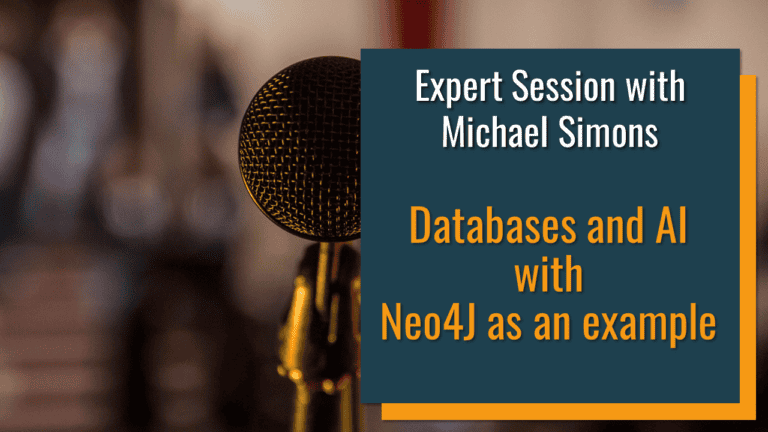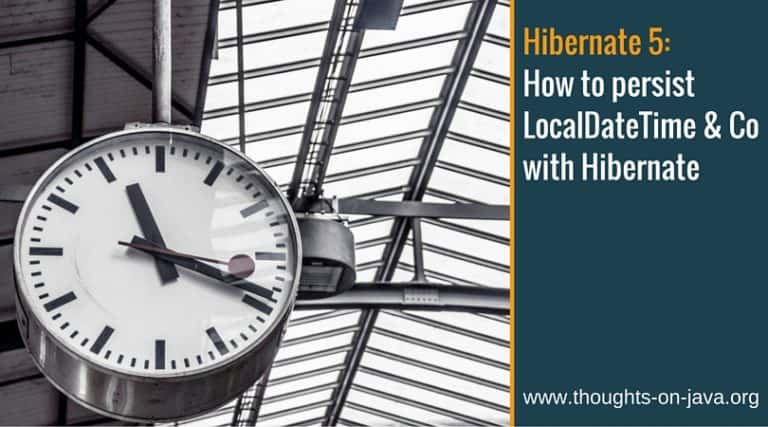Should your tests manage transactions?
During my Spring Data JPA workshops and talks, I often get asked if a test case should handle transactions, or not. And if it handles the transaction if it should commit it or roll it back. And as so often, the short answer is: it depends. The slightly longer answer is: it depends on the…



